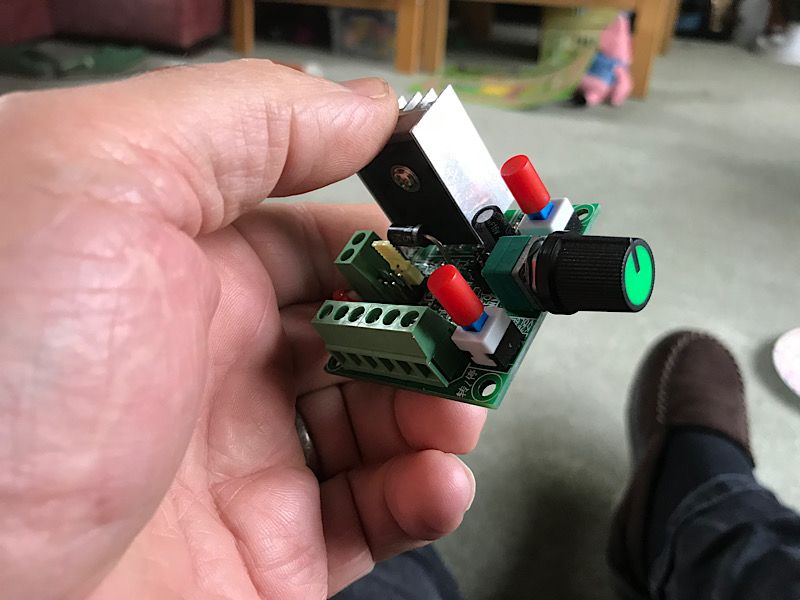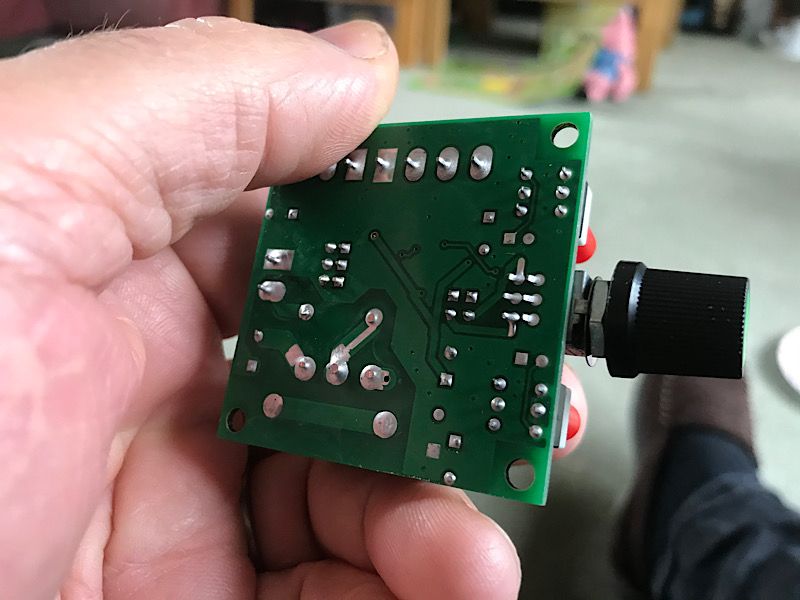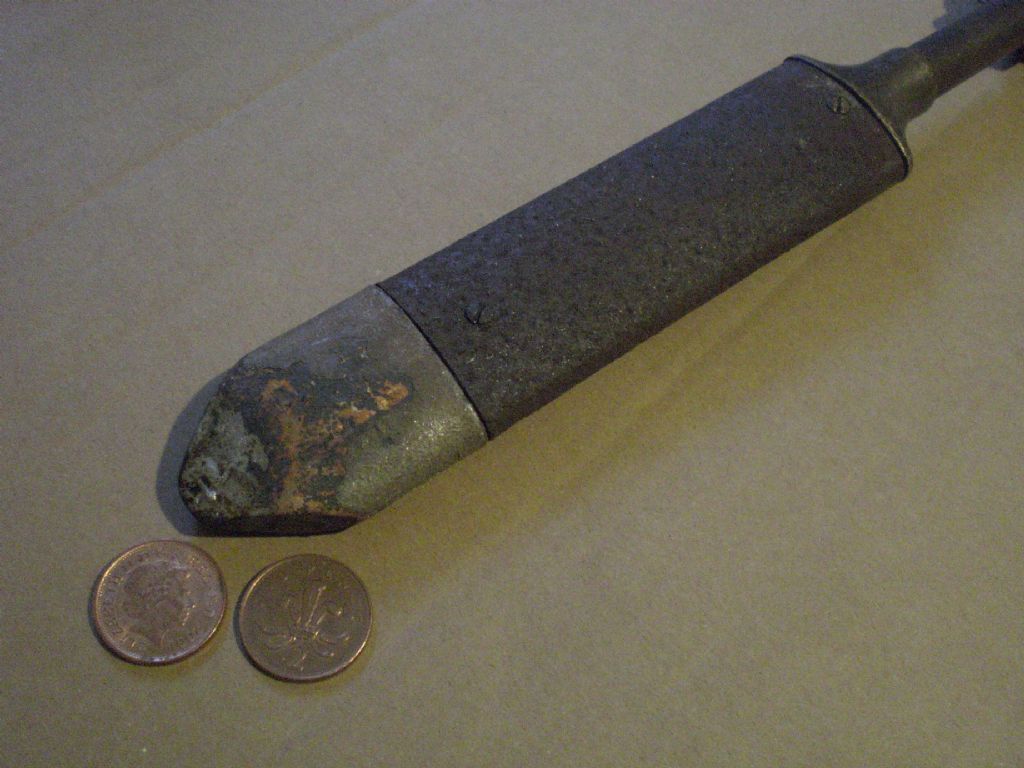Solder sucker every time, unless you can spring for a de-soldering station. Never got on with de-solder wick, just can't get the hang of it.
I know nothing about working with SMD, plated through holes are quite fiddly enough. As others have said, best option is to accept that the removing component is scrap, so cut it to bits in situ.
Two tricks you need to know with a sucker, firstly (exactly as Andrew says) use a hot iron and add solder first.
Then put a Hellerman sleeve (butyl sleeve) over the end of the sucker nozzle so it seals to the plated through hole. A bit of silicon tube would be even better, Some sucker have a soft tip and work much much better than the old type with a hard plastic nozzle. Now get the heat in there, suck and get out. There's a knack to the "heat – suck – leave" co-ordination that needs a bit of practice. You definitely need the board clamped in something so it doesn't run away when you press in with the tip of the sucker. Empty the sucker out each stroke.
With plated through holes you usually have to grab the end of the pin with needle pliers and give it a good wriggle to get the last remnant of solder to let go. Soemtimes adding a little bit more solder and having a second go helps.
As Andrew has said, the trick is adding solder (and hence flux) first.
Martin Kyte.







